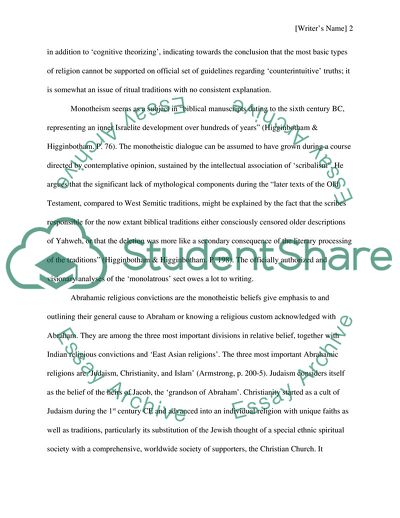Cite this document
(A History of God Essay Example | Topics and Well Written Essays - 1250 words - 1, n.d.)
A History of God Essay Example | Topics and Well Written Essays - 1250 words - 1. https://studentshare.org/religion-and-theology/1753266-a-history-of-god
A History of God Essay Example | Topics and Well Written Essays - 1250 words - 1. https://studentshare.org/religion-and-theology/1753266-a-history-of-god
(A History of God Essay Example | Topics and Well Written Essays - 1250 Words - 1)
A History of God Essay Example | Topics and Well Written Essays - 1250 Words - 1. https://studentshare.org/religion-and-theology/1753266-a-history-of-god.
A History of God Essay Example | Topics and Well Written Essays - 1250 Words - 1. https://studentshare.org/religion-and-theology/1753266-a-history-of-god.
“A History of God Essay Example | Topics and Well Written Essays - 1250 Words - 1”. https://studentshare.org/religion-and-theology/1753266-a-history-of-god.


